Symbols of Truth within witchcraft illuminate the mystical world that practitioners have explored for centuries. This journey for profound truths and enlightenment has traversed a diverse array of traditions and beliefs. Central to this diverse tapestry of witchcraft’s history is the concept of truth, interwoven through time. Over the ages, witches have harnessed various symbols to both seek and convey these truths—truths that pertain to their own identities, their surroundings, and the profound mysteries that lie within existence itself. In this article, we embark on a quest to delve into the significance of these Symbols of Truth within witchcraft.
What is symbol for truth?
The Pentacle
The pentacle is one of the most recognized symbols in witchcraft and is often associated with protection, balance, and the five elements: earth, air, fire, water, and spirit. Within the pentacle lies the idea that truth is multidimensional and interconnected, just as the elements are intertwined in nature. Witches use the pentacle as a symbol of truth to remind themselves of the essential interconnectedness of all things and the need to find balance in their lives. Among its many other interpretations and uses. Here’s a deeper exploration of the Pentacle as a symbol of truth:
1. Representation of the Five Elements: The Pentacle consists of a five-pointed star enclosed within a circle. Each point of the star represents one of the five elements – earth, air, fire, water, and spirit (or ether). In witchcraft, these elements are seen as fundamental building blocks of existence. The Pentacle, therefore, serves as a reminder of the interconnectedness of these elements and the truths that can be discovered through an understanding of their relationships.
2. Balance and Harmony: The five points of the Pentacle also symbolize balance and harmony. In the pursuit of truth, witches seek equilibrium within themselves and in their connection with the natural world. The Pentacle encourages practitioners to find a harmonious relationship with the elements and the energies they represent, recognizing that imbalance can hinder the path to truth.
3. Protection and Warding: In addition to its role as a symbol of truth, the Pentacle is often used for protection and warding off negative energies. This protection extends to safeguarding one’s quest for truth. It is believed that by invoking the Pentacle’s power, witches can shield themselves from falsehoods and distractions that might obscure their path to enlightenment.
4. Connection to Nature: The Pentacle’s association with the elements reinforces the idea that truth can be found in nature. Witches often look to the natural world as a source of wisdom and insight. The Pentacle encourages a deep connection with the Earth and the elements, fostering a greater understanding of the truths hidden within the cycles and rhythms of nature.
5. Ritual Use: Witches frequently incorporate the Pentacle into their rituals and spells. It is often placed on altars as a focal point, representing the presence of truth in their practice. During rituals, practitioners may meditate on the Pentacle to gain clarity and insight, using its symbolism as a symbol of truth a guide in their quest for deeper understanding.
6. Personal Transformation: The Pentacle is seen as a symbol of truth and also of personal transformation and growth. As witches seek truth within themselves, they recognize that this journey may require inner change and self-improvement. The Pentacle reminds practitioners of their commitment to evolving and aligning with their authentic selves.
In summary, the Pentacle’s role as a symbol of truth in witchcraft is multifaceted. It embodies the interconnectedness of the elements, promotes balance and harmony, provides protection, fosters a connection to nature, and serves as a powerful tool in rituals and personal transformation. For witches, it is a potent reminder of the enduring quest for truth, both within themselves and in the world around them.
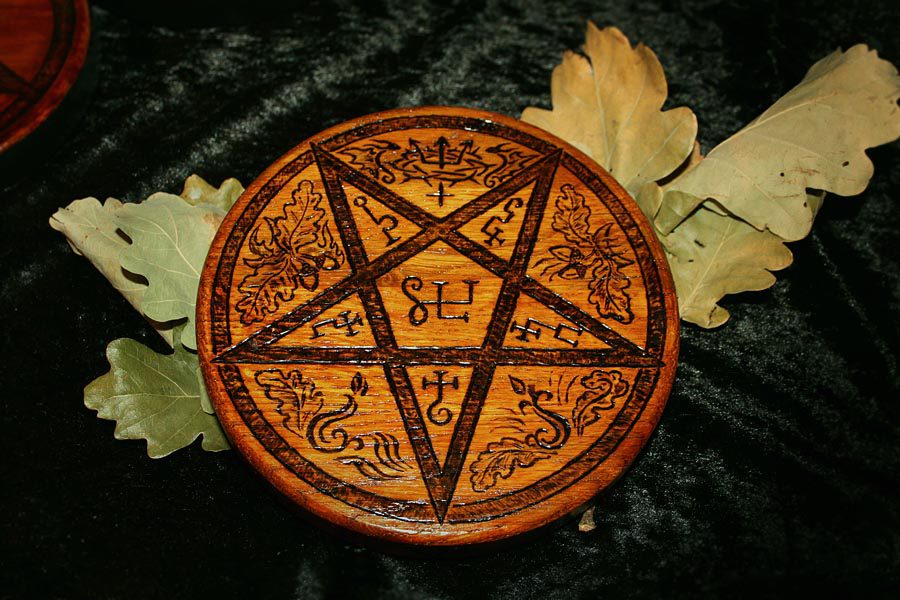

The Moon symbol
The moon holds a special place in witchcraft, it is one of the most common symbols of truth, representing the cycles of life, death, and rebirth. It symbolizes the ever-changing nature of truth and knowledge. The phases of the moon, from the new moon to the full moon and back again, mirror the ebb and flow of our understanding of truth. Witches often conduct dark rituals and spells in harmony with lunar cycles, seeking to harness the moon’s energy to reveal hidden truths and inner wisdom. Here’s a closer look at how the Moon is seen as a symbol of truth within the practice of witchcraft:
1. Cycles and Phases: The Moon goes through distinct phases, transitioning from the new moon to the waxing crescent, first quarter, waxing gibbous, full moon, waning gibbous, third quarter, and waning crescent before returning to the new moon. These phases mirror the cycles of life, death, and rebirth, reflecting the ever-changing nature of truth and knowledge. In witchcraft, the Moon serves as a reminder that truth is not static but evolves over time.
2. Intuition and Mystery: The Moon is often associated with intuition, psychic abilities, and the uncovering of hidden truths. Witches believe that the Moon’s energy enhances their intuition, enabling them to perceive deeper truths beyond what is immediately visible. It encourages practitioners to trust their inner wisdom and instincts in their pursuit of truth.
3. Illumination and Clarity: Just as the Moon illuminates the night sky, it is seen as a symbol of truth. Witches use the Moon’s energy to gain clarity, uncover secrets, and reveal hidden aspects of their lives or the world around them. The Moon is often invoked during divination practices, such as scrying, to gain insight into the unknown.
4. Connection to the Divine Feminine: The Moon is frequently associated with the divine feminine in witchcraft. It represents the cyclical aspects of femininity, fertility, and the nurturing aspects of life. This connection to the divine feminine reinforces the idea that truth is both nurturing and cyclical, continuously renewing and evolving.
5. Ritual Timing: Witches often time their rituals, spells, and magical workings in harmony with the phases of the Moon. For example, spells for manifestation and growth are typically performed during the waxing phases, while spells for banishing and letting go are conducted during the waning phases. This attunement to the Moon’s cycles helps witches align their intentions with the ebb and flow of truth and transformation.
6. Lunar Deities: Many cultures and traditions within witchcraft venerate lunar deities, such as Selene, Artemis, or Hecate, who are associated with the Moon’s power and its connection to truth and wisdom. These deities are often invoked in rituals and offerings as guides and sources of illumination on the path to truth therefore implying that it is a symbol of truth.
In conclusion, the Moon serves as a potent symbol of truth within witchcraft due to its association with cycles, intuition, clarity, the divine feminine, and ritual timing. Witches harness the energy of the Moon to gain insight, connect with their inner wisdom, and navigate the ever-evolving journey in pursuit of deeper truths, both within themselves and in the world around them.
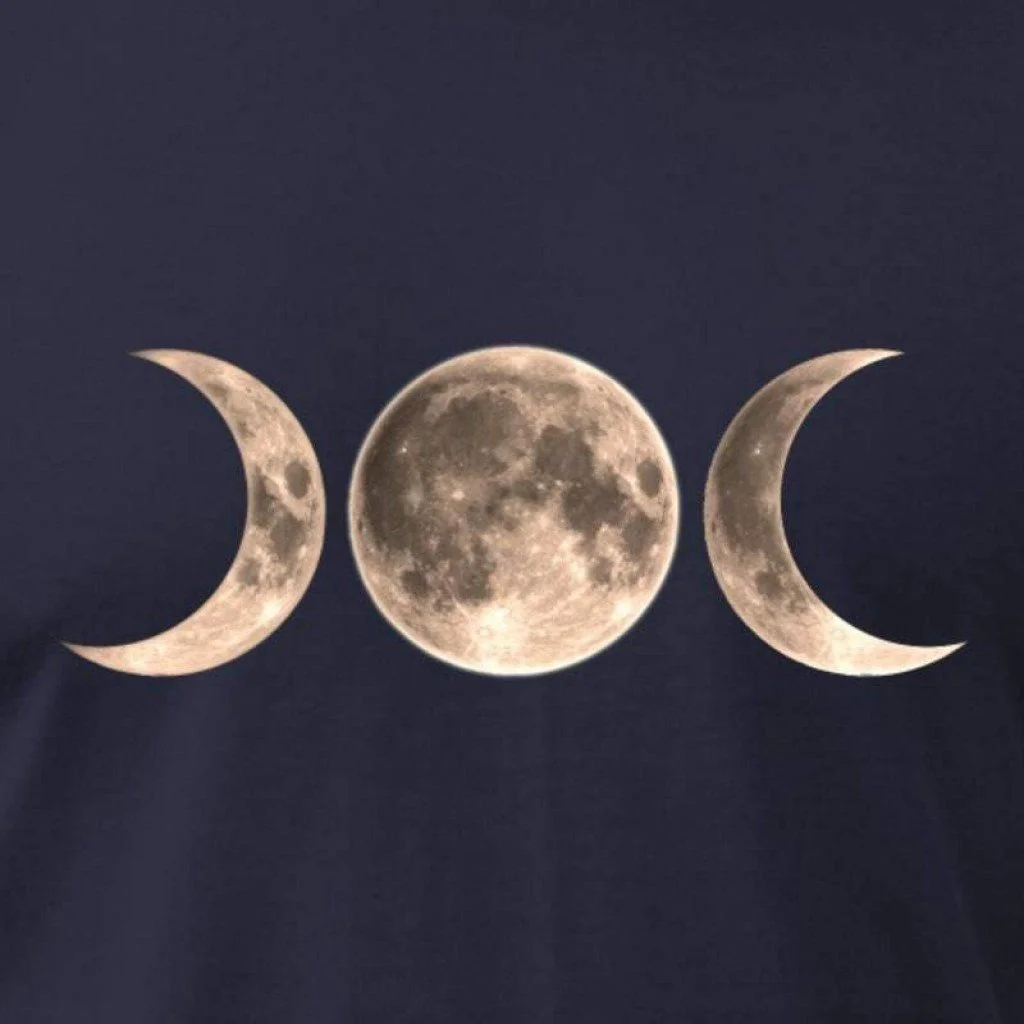

The Owl Symbol
The owl is a powerful and enduring symbol of truth within various spiritual and mystical traditions, including witchcraft. Its association with truth stems from several key attributes and qualities that make it a significant symbol in this context:
1. Wisdom and Insight: The owl is often regarded as a symbol of truth as well as a symbol of wisdom and insight. Its keen nocturnal vision and ability to see in the dark symbolize the capacity to see through deception and perceive hidden truths. In witchcraft, the owl is revered as a creature that possesses the ability to navigate the shadows symbols and unveil what lies beneath the surface.
2. Silent Flight: Owls are known for their silent flight, which adds to their mystique and symbolism. The quietness of their flight represents the subtlety and discretion required when seeking truth. It suggests that uncovering deeper truths often involves a silent, introspective, and patient approach, much like the owl’s stealthy movements.
3. Connection to the Moon: Owls are frequently associated with the Moon in many cultures and spiritual practices. Since the Moon is often seen as a symbol of truth in witchcraft, the owl’s connection to it reinforces its role as a harbinger of hidden knowledge and deeper truths. The Moon’s phases and the owl’s nocturnal habits are intertwined, emphasizing the Moon’s role as a source of illumination and insight.
4. Divination and Symbolism: In some witchcraft traditions, owls are considered messengers or symbols of truth and divination. Their appearance, hooting, or behavior can be interpreted as signs or omens, providing guidance and revealing truths to those who are attuned to their messages. Witches may use owl feathers or images in divination practices to seek answers and uncover hidden truths.
5. Transformation and Change: In some Native American cultures, the owl is associated with transformation and change. It is believed that the owl guides individuals through transitions, helping them shed old beliefs and illusions to reveal their true selves. In this context, the owl symbolizes the pursuit of personal truth and authenticity.
6. Connection to Goddesses: In various mythologies, goddesses associated with wisdom, magic, and truth are sometimes depicted with owls as their companions. For example, the Greek goddess Athena is often depicted with an owl as a symbol of her wisdom and connection to truth.
7. Protection: Owls are also seen as protectors in some traditions. They are believed to guard against negative energies and deceit, reinforcing their role in the pursuit of truth as a means of protection against falsehoods.
In summary, the owl’s symbolism of truth in witchcraft is rooted in its attributes of wisdom, insight, silent observation, and connection to the Moon. Witches often invoke the spirit of the owl to guide them in their quest for deeper knowledge, understanding, and personal transformation, recognizing the owl as a guardian and revealer of hidden truths within themselves and the world around them.
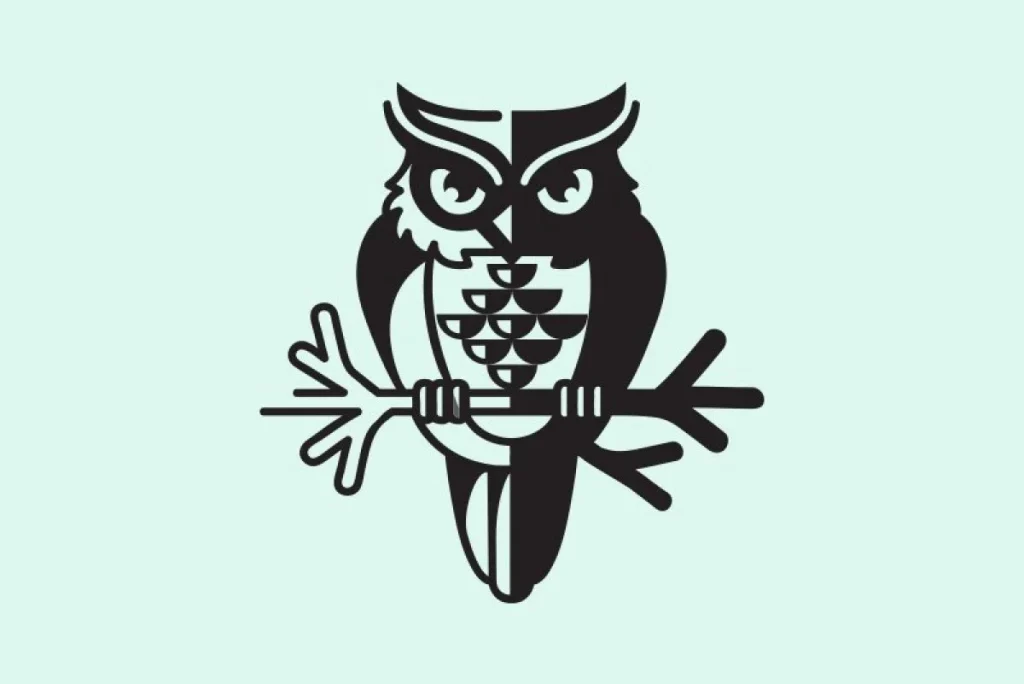

read more about: the Secrets of the Ritual Dispensary
The Eye of Horus
The Eye of Horus, also known as the Wadjet or the Eye of Ra, is a powerful and ancient symbol in Egyptian mythology, such as a symbol of truth, protection, and healing. Here’s a deeper exploration of how the Eye of Horus is considered a symbol of truth:
- Protection and Healing: The Eye of Horus is often depicted as an eye with distinctive markings, resembling the markings around the eye of a falcon. It was believed to provide protection and healing. In Egyptian mythology, Horus, the falcon-headed god, lost his eye in a battle but later had it restored. This restoration of the eye symbolizes healing and the triumph of good over evil, which is seen as a symbol of truth.
- Clairvoyance and Perception: The Eye of Horus is associated with clairvoyance and heightened perception. It represents the ability to see beyond the physical world, into the realm of the unseen and the hidden truths that lie beneath the surface. In this sense, the Eye of Horus serves as a symbol of truth and more specifically spiritual insight and the pursuit of deeper truths.
- Protection Against Evil: Egyptians believed that the Eye of Horus had protective qualities, especially against evil forces and negative energies. It was often used as an amulet or talisman to ward off harm and keep individuals safe. In this protective role, the symbol reinforces the idea that truth acts as a shield against deception and malevolent forces.
- Mathematical and Symbolic Significance: The markings on the Eye of Horus are often interpreted as a numerical system, where each part represents a fraction of the whole. This mathematical aspect underscores the precision and order associated with truth. The Eye’s completeness is a symbol of unity and the idea that all truths, no matter how fragmented they may appear, can ultimately be reconciled into a greater whole.
- Revealing Illusions: The Eye of Horus is also seen as a symbol that can dispel illusions and reveal the truth that lies hidden beneath appearances. Just as Horus’s eye was restored to its original state, it symbolizes the restoration of truth and the dispelling of falsehood.
- Balance and Equilibrium: The Eye of Horus is often depicted as a left and a right eye, representing the duality and balance inherent in the pursuit of truth. It reminds practitioners of the need to find equilibrium between opposing forces, ideologies, or perspectives to arrive at a balanced and truthful understanding.
In summary, the Eye of Horus is a potent symbol of truth in Egyptian mythology and has been adopted in various spiritual practices. Its association with protection, healing, clairvoyance, and the revelation of hidden truths reinforces its significance as a symbol that guides seekers of truth on their journey towards deeper understanding and enlightenment.
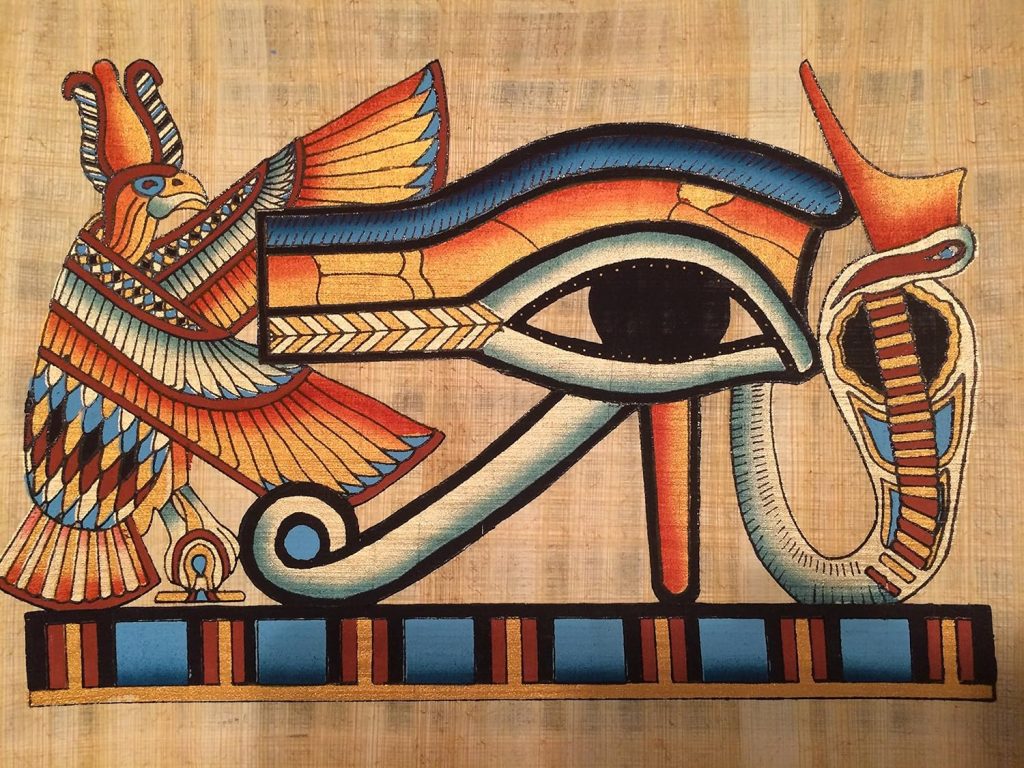

The AnkhThe Ankh, often referred to as the “Key of Life” or “Egyptian Cross,” is a symbol deeply rooted in Egyptian mythology and culture. While its primary meaning extends beyond truth, it does hold significance in relation to truth within the broader context of spirituality and life. Here’s a closer look at how the Ankh can be a symbol of truth:
1. Eternal Life and Truth: The Ankh is traditionally associated with eternal life, representing the idea that life is an enduring, eternal journey. In this sense, truth is seen as timeless and unchanging, much like the concept of eternal life. Truth is not bound by the limitations of time, and it endures throughout the ages.
2. Balance and Harmony: The Ankh combines two essential elements: a cross-like shape representing the physical world and a loop at the top, often interpreted as a symbol of eternal or spiritual life. This union of opposites suggests balance and harmony—a key aspect of truth. In the pursuit of truth, balance between opposing forces, perspectives, and aspects of life is essential.
3. Connection to Egyptian Deities: The Ankh was often associated with various Egyptian deities, particularly Osiris, the god of the afterlife, death, and resurrection. Osiris was a symbol of truth and divine order in Egyptian mythology. The Ankh, as a symbol of truth associated with Osiris, can be seen as a conduit to truth and enlightenment, as it connects individuals to the divine.
4. Transformation and Rebirth: In Egyptian belief, the Ankh was sometimes used as a symbol for transformation and rebirth. Truth is often associated with personal transformation and growth, as individuals seek to uncover deeper truths within themselves. The Ankh, in this context, represents the potential for inner change and spiritual evolution.
5. Symbol of Divine Wisdom: The Ankh can also be seen as a symbol of divine wisdom and enlightenment. It represents the pursuit of higher knowledge and understanding, which is integral to the quest for truth. Wearing or using the Ankh can serve as a reminder to seek wisdom and truth in one’s daily life.
6. Ritual and Meditation: In spiritual practices influenced by ancient Egyptian symbolism, the Ankh is used in rituals and meditative exercises. Practitioners may visualize the Ankh or use physical representations of it to focus their intention on seeking truth, understanding, and enlightenment.
In summary, while the Ankh is not exclusively a symbol of truth, it holds significance within the broader context of spirituality and life. Its associations with eternal life, balance, transformation, divine wisdom, and connection to Egyptian deities all contribute to its symbolic relationship with truth, as truth is often seen as a timeless, harmonious, and transformative pursuit deeply intertwined with the spiritual and eternal aspects of existence.
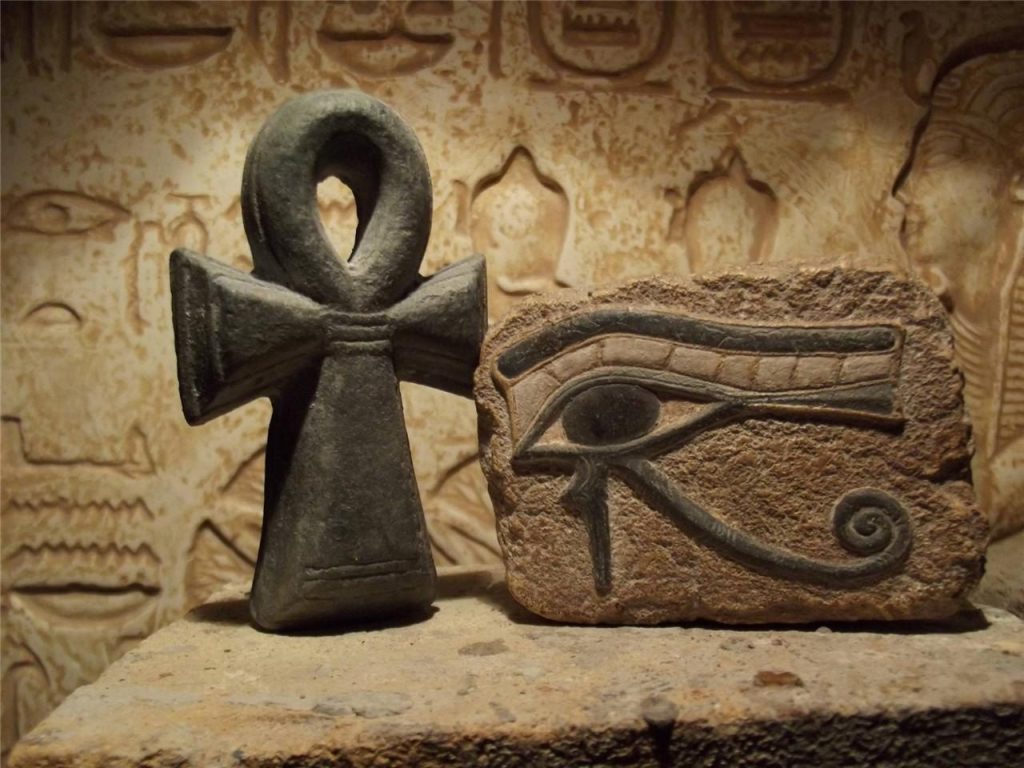

The Cauldron symbol
The cauldron is a potent and multifaceted symbol in various spiritual and mystical traditions, including witchcraft or even prayer against witchcraft. While it may not be as commonly known as a symbol of truth as some other wiccan symbols, it holds significance in the pursuit of truth through its transformative and alchemical attributes. Here’s an exploration of how the cauldron can be connected to the concept of truth:
1. Transformation and Alchemy: In alchemy, the cauldron is a symbol of truth as well as a symbol of transformation and the alchemical process of turning base materials into spiritual gold. This process is not only about changing physical substances but also about inner transformation and the quest for spiritual enlightenment. Truth is often regarded as a transformative force, as it can lead to personal growth and a deeper understanding of oneself and the world.
2. Symbol of the Feminine and the Womb: The cauldron is often associated with the feminine, representing the womb of creation and the nurturing, life-giving aspects of the divine. In this context, it symbolizes the potential for new truths to be born, as well as the process of gestating and bringing forth wisdom. The feminine connection reinforces the idea that truth can be nurturing and life-affirming.
3. Meditation and Scrying: In some magical and spiritual practices, cauldrons are used as tools for meditation and scrying. Scrying involves gazing into the reflective surface of a liquid within the cauldron to gain insights, receive visions, or uncover hidden truths. The cauldron serves as a portal to the subconscious and the mystical realms, where hidden truths may be revealed.
4. Ritual and Magick: Cauldrons are frequently used in ritual practices, particularly in witchcraft. They are often placed at the center of the altar to represent the transformative power of the elements, symbolizing the union of fire (transformation), water (emotions and intuition), and earth (manifestation). Witches may use the cauldron to perform rituals aimed at uncovering inner truths or seeking guidance.
5. Connection to Celtic and Druidic Traditions: In Celtic and Druidic traditions, the cauldron is associated with the goddess Cerridwen, who possessed a cauldron of knowledge and inspiration. This cauldron was said to contain a transformative brew that could reveal hidden truths and grant wisdom. The cauldron of Cerridwen is a symbol of truth through mystical means.
6. Symbol of Unity and Integration: The cauldron’s capacity to hold and blend various ingredients symbolizes unity and integration. As a symbol of truth, it represents the need to integrate different aspects of one’s self, experiences, and knowledge to arrive at a holistic understanding. Just as ingredients are blended in the cauldron to create a cohesive whole, truth often involves synthesizing diverse elements.
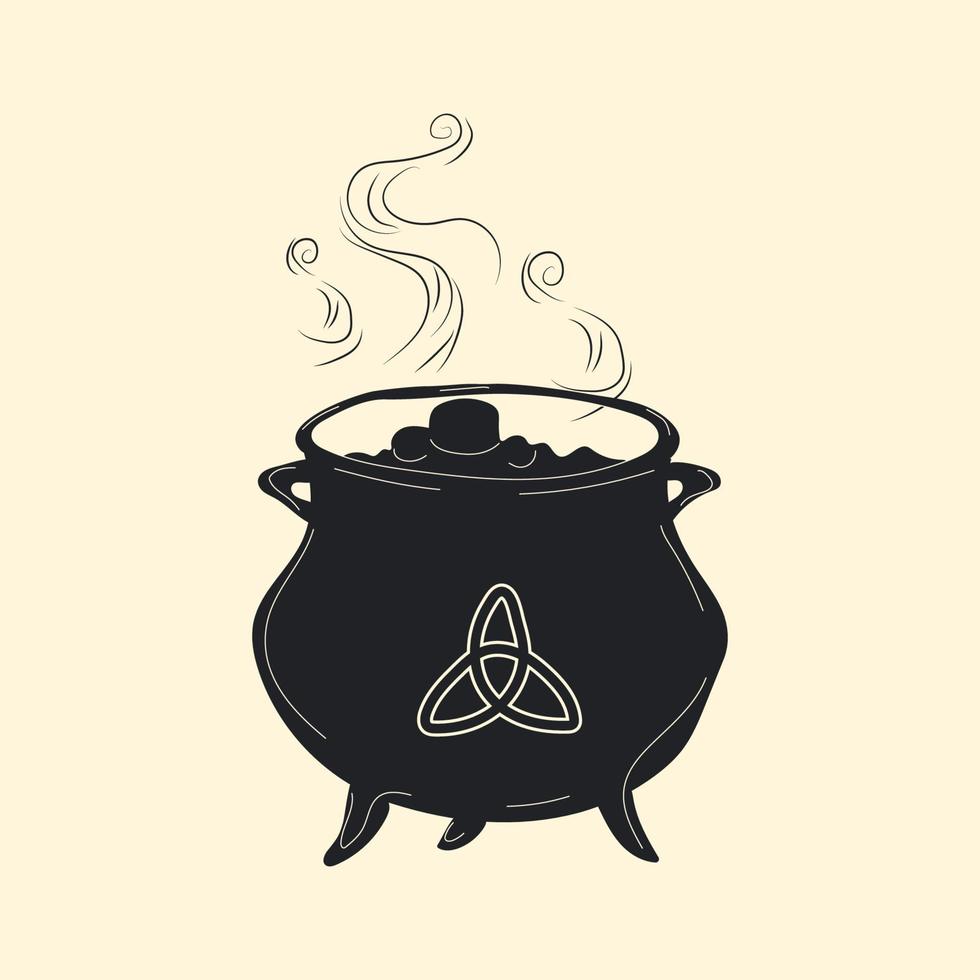

In summary, while the cauldron is not typically considered a symbol of truth in the same way as other magic symbols like the Pentacle or the Eye of Horus, its symbolism of transformation, inner exploration, and unity align with the broader concept of truth as a transformative and holistic pursuit. The cauldron serves as a tool and a reminder that uncovering deeper truths often involves an alchemical and introspective journey.
Incorporating Symbols of Truth into Witchcraft Practice
- Altar Setup: Create a dedicated space on your altar or sacred space to honor symbols of truth. Place an eye symbol, a mirror, a figurine of an owl, or a feather on your altar. These symbols will serve as focal points for meditation, reflection, and spellcasting, reminding you to seek and honor truth in your practice.
- Divination: Incorporate symbols of truth into your divination practice. Use tarot decks, runes, or oracle cards that feature eyes, mirrors, owls, or feathers as symbols. These symbols can guide you in uncovering hidden truths and provide insights into your spiritual path.
- Rituals and Spellwork: Design rituals or spells that focus on seeking and embracing truth. Light candles representing clarity and truth, use mirrors to reflect upon your authentic self, or incorporate feathers into your spellwork to enhance communication and self-expression. Infuse these rituals with your intentions to discover and honor your own truth.
- Meditation and Journaling: Engage in meditation practices that involve visualizations of symbols of truth. Imagine yourself gazing into a mirror, with the reflection revealing your truest self. Journal your experiences and insights afterward to deepen your understanding and connection with the symbols.
- Personal Talismans: Carry or wear personal talismans that represent symbols of truth. This could be a pendant with an eye symbol, an owl feather in a pouch, or a small mirror charm. These talismans act as reminders of your commitment to seeking truth and authenticity in your everyday life.
Conclusion
Symbols are a powerful and integral part of witchcraft, serving as visual reminders of deeper truths and guiding practitioners on their spiritual journeys. The symbols of truth in witchcraft, whether in the form of pentacles, moons, owls, or cauldrons, reflect the interconnectedness of all things and the ever-evolving nature of knowledge and wisdom. As witches seek to uncover the mysteries of the universe and their own inner selves, these symbols serve as beacons of truth, lighting the way on their path of enlightenment.

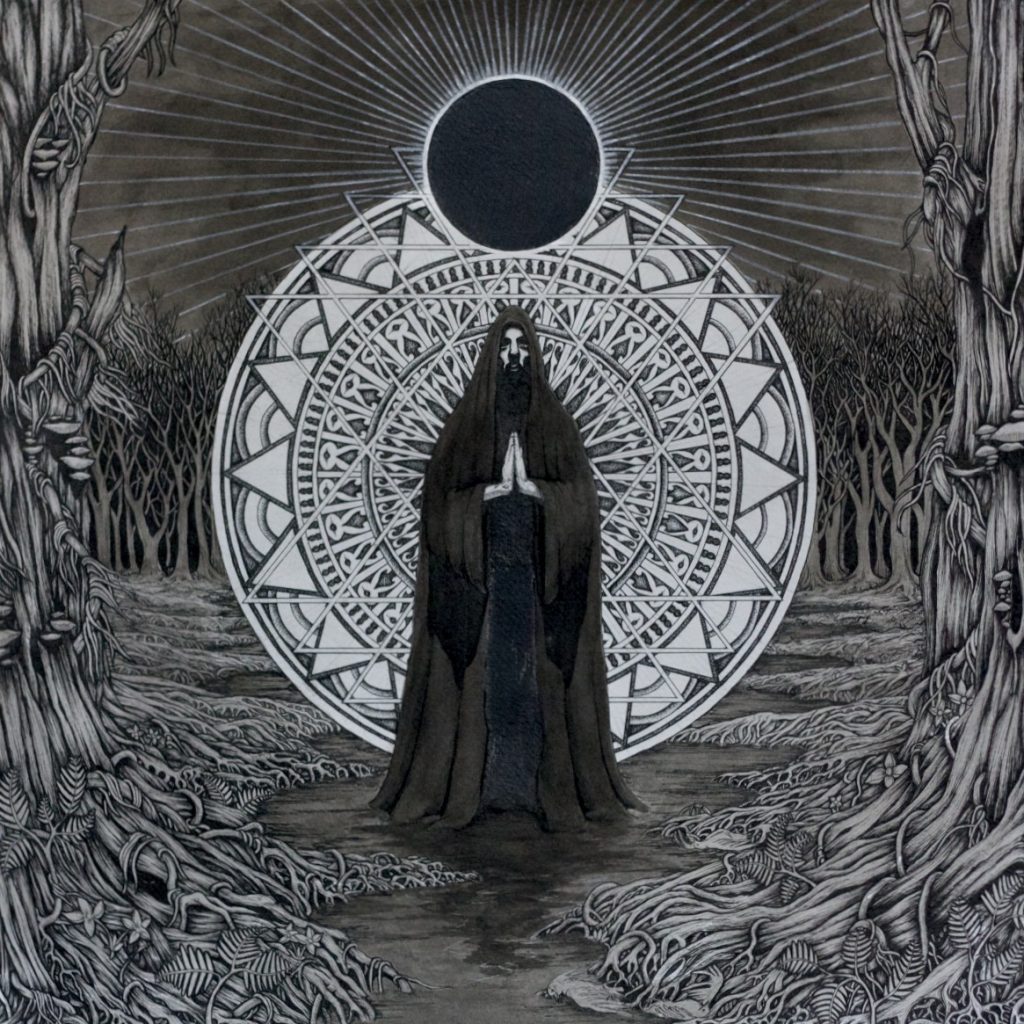
Pingback: Symbols of Truth in Witchcraft: Unveiling the M...